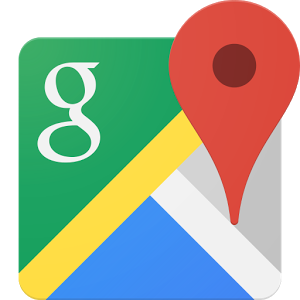Meet Heliocola: The Mammal That Lived With Dinosaurs
Discover Heliocola piscianus, a muskratsized mammal that lived alongside dinosaurs! This amazing fossil find is rewriting what we know about mammals in the Cretaceous period. Join us as we explore this prehistoric swamp dweller and its incredible world.
Chapters:
00:00 Introduction
00:00 Introducing Heliocola piscianus
00:30 A Mammal in the Time of Dinosaurs
01:31 The Discovery
01:54 Size and Significance
02:05 How Big Was It?
02:49 Life in the Shadow of Giants
03:14 What Did It Eat?
03:51 Challenging the Old Story
04:25 Rewriting Mammalian Evolution
05:08 Key Takeaways
05:14 Mammalian Diversity in the Late Cretaceous
05:36 Small Discoveries, Big Impact
05:52 The Mysteries That Remain
06:06 The Future of Discovery
06:17 Conclusion
06:46 Survival Strategies
06:49 Clues from Teeth
07:06 A Prehistoric Vegetarian?
07:30 Diversification and Adaptation
08:01 What If the Asteroid Hadn't Hit?
08:48 Key Takeaways Revisited
08:54 Mammalian Diversity
09:10 The Power of Small Discoveries
09:32 The Unknown Past
09:47 Future Discoveries
09:57 Conclusion (Reprise)
10:06 Subscribe and Share (Reprise)
10:19 Outro (Reprise)
About Heliocola piscianus:
Lived in Colorado 7075 million years ago during the Late Cretaceous period.
Roughly the size of a muskrat, significantly larger than many mammals of its time.
Likely an herbivore, supplementing its diet with insects or other small creatures.
Named "Heleocola" (swamp dweller) and "piscianus" (referencing the Piceance Basin where it was found).
The Importance of This Discovery:
Mammal fossils from this period are rare in Colorado.
Provides crucial insights into the Late Cretaceous ecosystem.
Challenges previous assumptions about mammal size during the dinosaur era.
What was Colorado like back then?
A very different place! Imagine swamps, estuaries, and a vast inland sea, home to turtles, duckbilled dinosaurs, and giant crocodiles. The area was rich in vegetation, fish, and other life.
Where was the fossil found?
Near Rangely, Colorado, close to Dinosaur National Monument, a renowned area for fossil discoveries.
Who made the discovery?
A team of paleontologists led by Jaelyn Eberle, curator of vertebrate paleontology at the University of Colorado Museum of Nature and Science and professor in the Department of Geological Sciences. The team also included John Foster of the Utah Field House of Natural History State Park Museum and ReBecca HuntFoster of Dinosaur National Monument in Utah and western Colorado.
How can the public contribute to fossil discoveries?
Experts advise against collecting vertebrate fossils on public lands. Instead, if you find a fossil:
1. Note the location.
2. Take a photograph.
3. Contact a representative from a nearby museum or public lands organization.
Source: https://phys.org/news/202410paleont...
Image Generation: The visuals featured in this video were created using cuttingedge AI technology powered by ImageFX.
AI Voiceover: The voiceover in this video was generated using advanced AI voice synthesis technology provided by NotebookLM.
#dinosaurs #mammals #prehistoric #Heliocola #Cretaceous #paleontology #fossils #Colorado #science #discovery #evolution







![Fossils In Amber Show Us What Earth Looked Like When Dinosaurs Lived [4K] | AMBER | Spark](https://i.ytimg.com/vi/NxVNYvPSLsY/mqdefault.jpg)
























